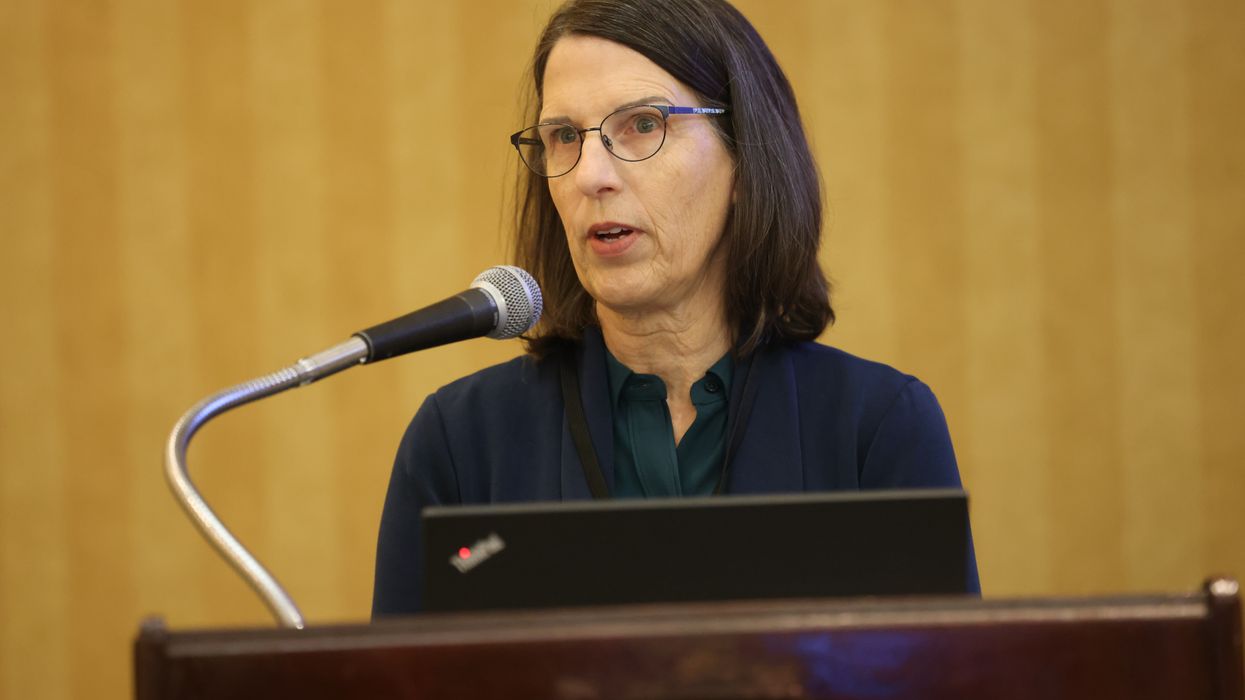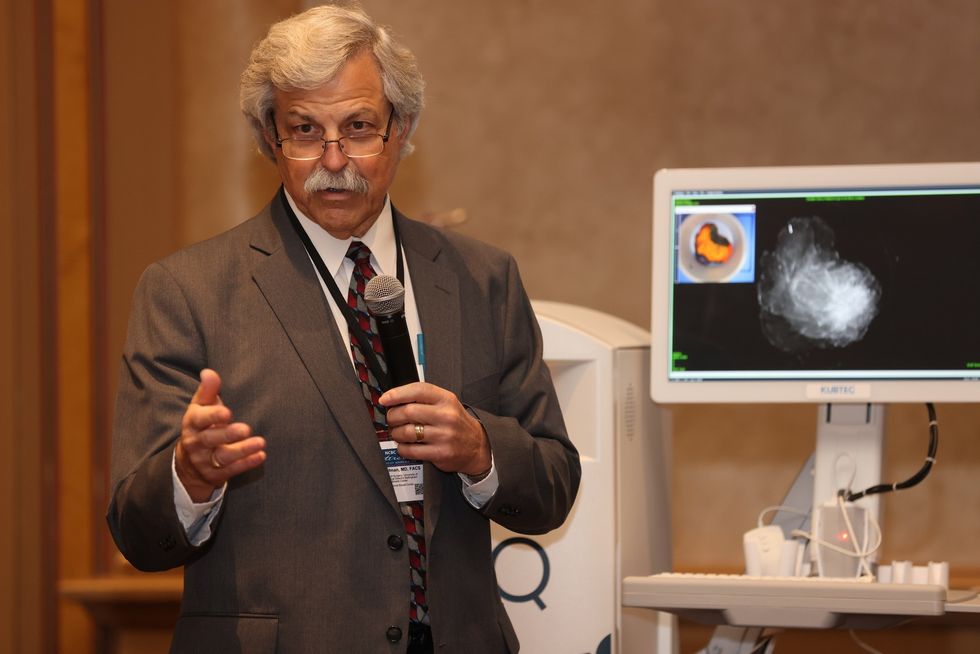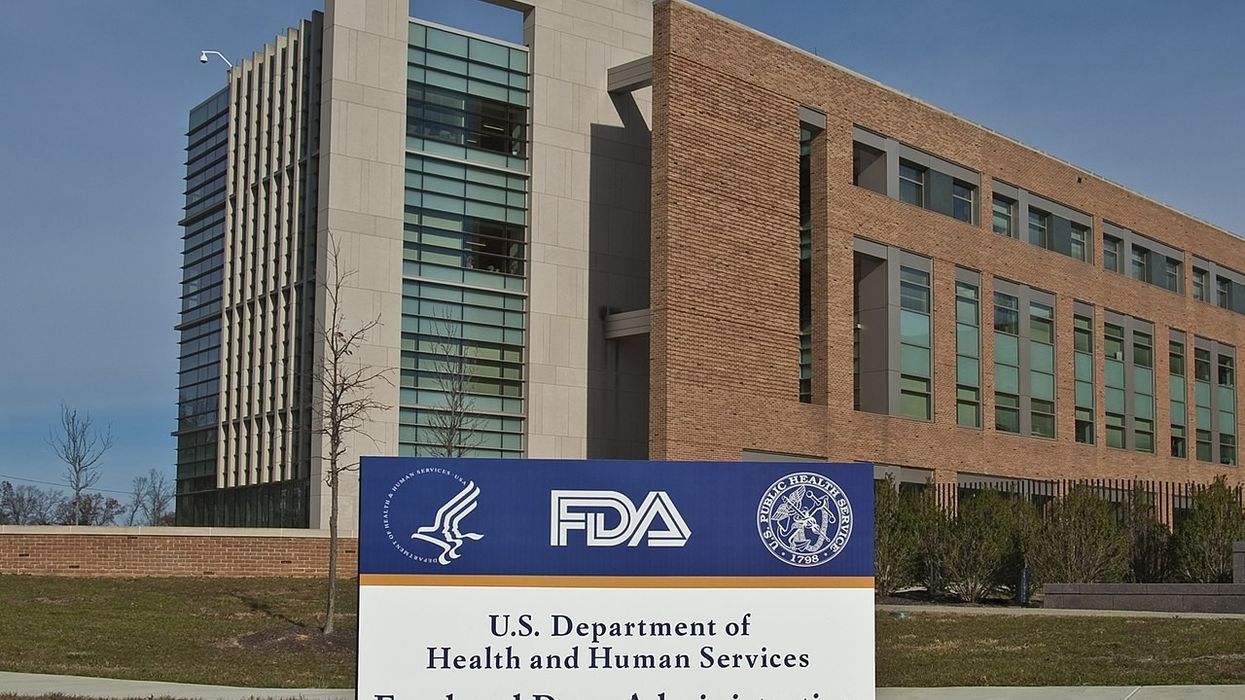In today's fast-paced, digitally connected world, the concept of work-life balance has become increasingly significant, particularly for younger generations. Millennials and Generation Z are entering the workforce with different expectations and values compared to their predecessors. They prioritize a healthy work-life balance, seeking fulfillment both professionally and personally. Understanding the importance of this balance and how it impacts overall well-being, productivity, and job satisfaction is crucial for employers aiming to attract and retain top talent.
Changing Workforce Dynamics
The traditional 9-to-5 work model is gradually becoming obsolete as younger generations demand more flexibility. According to a survey by Deloitte, 75% of millennials believe that a "work-from-anywhere" policy is important, and 50% would prefer not to work in a traditional office setting . This shift reflects their desire to integrate work with other aspects of life, such as family, hobbies, and personal development.
Health and Well-being
A balanced work-life approach significantly contributes to mental and physical health. Chronic stress from work can lead to burnout, anxiety, and depression, which are increasingly prevalent among young professionals. The American Psychological Association reports that millennials are the most stressed generation, with work being a major source of stress . Promoting work-life balance can mitigate these issues by allowing employees to recharge, pursue passions, and maintain a healthy lifestyle.
Productivity and Creativity
Contrary to the belief that longer working hours lead to higher productivity, research suggests that overwork can diminish output and creativity. A study by Stanford University found that productivity per hour declines sharply when a person works more than 50 hours a week . For younger workers, who often thrive on innovation and creativity, flexible work schedules can enhance performance by providing the mental space needed for fresh ideas and efficient problem-solving.
Job Satisfaction and Retention
Work-life balance is a key driver of job satisfaction among younger employees. Companies that offer flexible working conditions, remote work options, and support for personal well-being tend to have higher retention rates. According to a survey by PwC, 88% of millennials prioritize a healthy work-life balance when selecting a job . Employers who recognize and accommodate these preferences can reduce turnover rates and foster a loyal, motivated workforce.
Organizational Culture and Reputation
Companies that promote work-life balance often enjoy a positive reputation, making them attractive to top talent. A supportive organizational culture that values employees' well-being enhances company loyalty and morale. As younger generations increasingly value corporate social responsibility, businesses that demonstrate a commitment to employee welfare can also benefit from improved public perception and brand loyalty.
Strategies for Promoting Work-Life Balance
- Flexible Work Arrangements: Implementing policies that allow for flexible working hours and remote work can help employees manage their personal and professional responsibilities more effectively.
- Encouraging Time Off: Ensuring employees take their vacation days and promoting a culture that respects time off can prevent burnout and boost overall morale.
- Health and Wellness Programs: Offering programs that focus on mental health, physical fitness, and stress management can support employees' overall well-being.
- Clear Communication and Boundaries: Establishing clear expectations and boundaries regarding work hours and availability can prevent overwork and promote a healthy work-life integration.
Real work-life balance is not just a desirable perk but a crucial component of a healthy, productive, and satisfied workforce, particularly for younger generations. As the nature of work continues to evolve, embracing flexible, balanced work environments will be key to attracting and retaining the talent of the future. By prioritizing employees' well-being, companies can not only enhance productivity and innovation but also build a positive, resilient organizational culture.
References
- Deloitte. (2022). Millennials Survey. Retrieved from Deloitte website.
- American Psychological Association. (2018). Stress in America: Generation Z. Retrieved from APA website.
- Stanford University. (2014). The Productivity of Working Hours. Retrieved from Stanford University website.
- PwC. (2021). Millennials at Work: Reshaping the Workplace. Retrieved from PwC website.















 Dr. Cary S. Kaufman teaches the "Essentials of Oncoplastic Surgery" course through the National Consortium of Breast Centers, providing breast surgeons around the world with advanced techniques for optimal breast surgery outcomes.
Dr. Cary S. Kaufman teaches the "Essentials of Oncoplastic Surgery" course through the National Consortium of Breast Centers, providing breast surgeons around the world with advanced techniques for optimal breast surgery outcomes.

